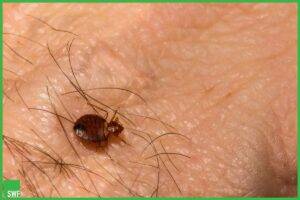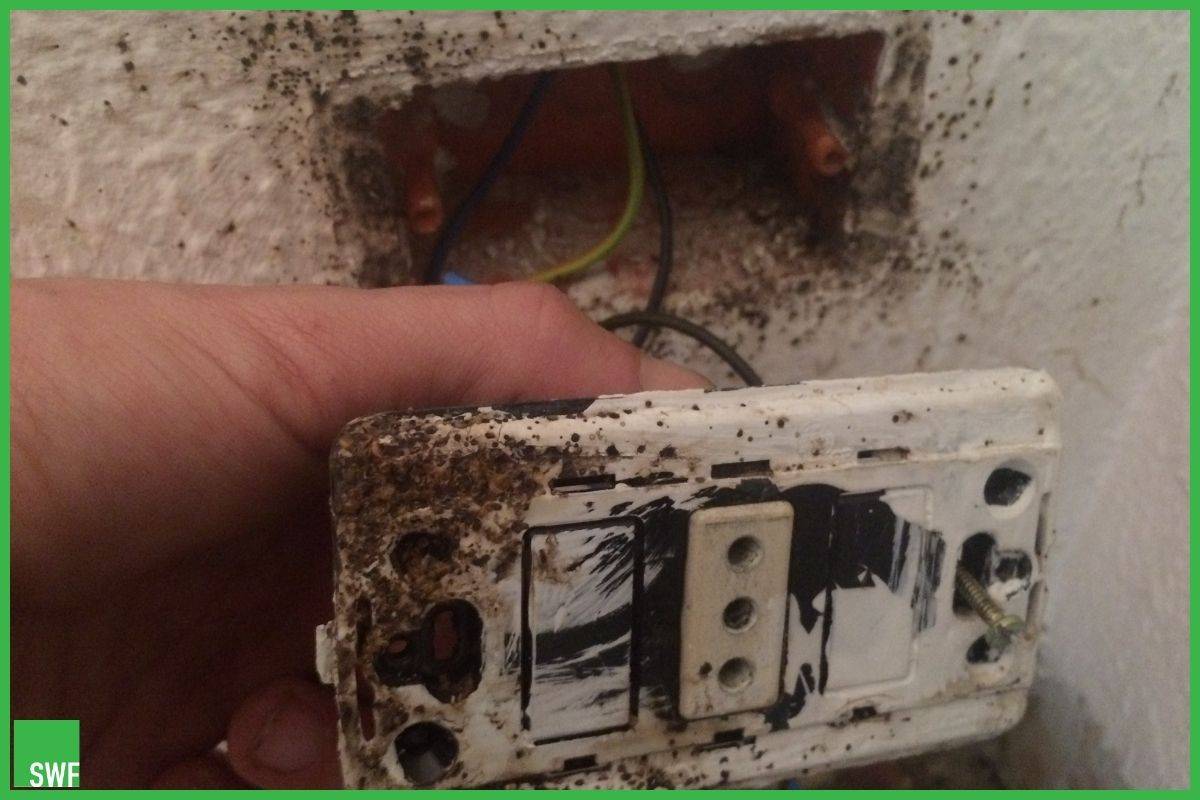Bed bugs have been plaguing humanity for centuries, causing discomfort, sleepless nights, and frustration. But what exactly causes these unwelcome visitors to invade our homes and bedding?
Understanding the factors that contribute to bed bug infestations is crucial for prevention and effective eradication.
What Causes Bed Bugs in Homes?

Bed bugs can find their way into homes through various means, and understanding the causes behind their presence is essential for effective prevention and control.
Here are some primary factors that contribute to bed bug infestations in homes:
- Travel and Infested Items: Bed bugs are skilled hitchhikers and can be inadvertently brought into homes through infested luggage, clothing, or furniture.
- Shared Living Spaces: Living in multi-unit buildings or densely populated areas increases the risk of bed bug infestations. These pests can easily move between adjacent units, spreading from one apartment to another through shared walls, electrical outlets, or pipes.
- Secondhand Furniture and Bedding: Buying used furniture or accepting items from others without thorough examination can be a potential source of bed bugs.
- Clutter and Hiding Spots: Bed bugs are masters at hiding in cracks, crevices, and cluttered areas. Excessive clutter provides them with numerous hiding spots, making it easier for them to avoid detection and establish their presence.
- Guests and Visitors: Welcoming guests into your home can unknowingly lead to a bed bug infestation if one of them carries these pests with them. Visitors may inadvertently bring bed bugs on their clothing or belongings, allowing them to transfer to your furniture or bedding.
It is important to note that bed bugs do not reflect poor hygiene or cleanliness practices. By understanding these causes, individuals can take proactive steps to minimize the risk of bed bug infestations
Signs of Bed Bugs in Your Home

Here are some common signs that may indicate a bed bug infestation:
- Bite Marks: Bed bugs feed on human blood. Their bites often appear as small, red, itchy welts on exposed areas of the skin, such as the face, neck, arms, and legs.
- Rusty or Dark Stains on Fabrics: Bed bugs can leave behind rusty or dark stains on fabrics, such as mattresses, sheets, or upholstery. These stains are a result of their excrement or crushed bed bugs.
- Musty Odor: Bed bugs release a distinct, musty odor, often described as sweet or sickly-sweet. If you notice an unusual smell in your bedroom or other areas of your home, it could be an indication of a bed bug infestation.
- Live Bugs or Exoskeletons: Inspect your mattress seams, box springs, bed frames, and other furniture for live bed bugs or their shed exoskeletons. These insects are small, about the size of an apple seed, with a reddish-brown color.
- Egg Casings: Bed bug eggs are tiny and pearly white, resembling small grains of rice. You may find these translucent egg casings along mattress seams, in cracks and crevices, or near hiding spots.
If you notice any combination of these signs, it is advisable to seek professional help from a pest control expert to confirm the presence of bed bugs and devise an appropriate treatment plan.
Don’t let pests take over your space. Contact us today to schedule a consultation and regain control over your property. Say goodbye to pests today!
How to Get Rid of Bed Bugs?
Getting rid of bed bugs can be a challenging process, but with persistence and a combination of strategies, it is possible to eliminate them from your home. Here are steps you can take to effectively get rid of bed bugs:
- Confirm the Infestation: Before proceeding with any treatment, it’s important to confirm that you indeed have a bed bug infestation. If needed, consult with a pest control professional to accurately identify the infestation.
- Clean and Declutter: Remove any unnecessary items, including clothing, bedding, and furniture that may be infested, Also, make sure to wash infested bedding, clothing, and fabric items using hot water (120°F/49°C) and high heat drying to kill the bed bugs.
- Vacuum Thoroughly: Use a vacuum cleaner with a crevice tool to meticulously vacuum all areas where bed bugs may hide, including mattresses, bed frames, baseboards, furniture, and cracks and crevices. After vacuuming, seal and discard the vacuum bag or empty the canister in a sealed plastic bag outside your home.
- Treat Cracks and Crevices: Apply a residual insecticide specifically labeled for bed bug control to cracks, crevices, and other hiding spots. Follow the product instructions carefully and consider seeking professional assistance for proper application.
If the infestation persists or is widespread, it is recommended to seek assistance from a licensed pest control professional.
Why Contact Professional Pest Control Services?
Bed bugs can be somewhat elusive insects, so professional help from specialized companies is necessary for their eradication.
Fortunately, SWF provides everything you need to professionally combat these annoying pests, thanks to the high-quality insecticides they use.
You will find highly effective pesticides to combat bed bugs in the best possible way, as specific types that have been approved by the Health Department are used.
In addition, you will find that SWF’s specialists are trained to the highest level to deal with bed bugs using modern tools and equipment that facilitate the extermination process, all at competitive prices you won’t find anywhere else.
Contact us to learn how we can help you (and our prices) via:
- Phone: 01275005022
- email: [email protected]
- Via our contact form here.

